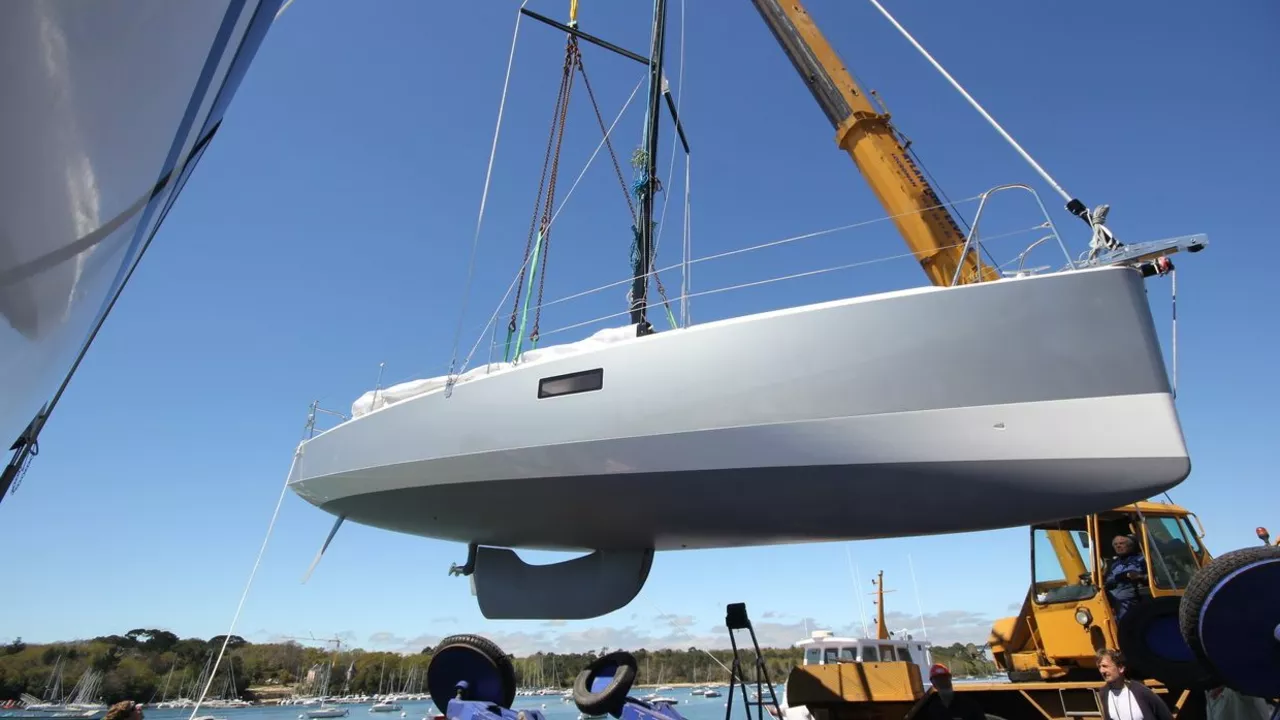Seaworthy: What Makes a Boat Ready for the Open Sea
If you’ve ever wondered why some yachts handle a storm like a breeze while others struggle, the answer lies in seaworthiness. It’s not just about size; it’s about hull design, rig strength, and the crew’s know‑how. A seaworthy vessel stays upright, cuts through waves without endless slamming, and keeps everything onboard dry. Think of it as the boat’s fitness level – strong, balanced, and ready for whatever the ocean throws at it.
What makes a yacht seaworthy?
First up, the hull. A well‑shaped hull distributes pressure evenly, which means less stress on the frame when waves crash. Look for reinforced bulkheads and a solid deck layout – these are the backbone that keep the boat from flexing too much. Next, the rig. Sturdy mast steps, quality standing rigging, and properly tensioned shrouds keep the sails upright and prevent snapping in high winds. Finally, the crew. Even the toughest boat can’t compensate for poor navigation or lack of safety gear. Keep life jackets, flares, and a reliable VHF radio within reach, and run regular drills so everyone knows their role when the sea gets rough.
Speed and endurance basics
How fast can yachts go? The average cruising yacht tops out at 15‑20 knots, but high‑performance models push past 35 knots when the wind is right. Speed is a trade‑off with comfort – a faster hull often means a lighter, less stable ride in chop. For long passages, endurance matters more than raw speed. A well‑planned water and fuel supply, along with sturdy sails that can handle hours of constant trim, keeps you moving without costly stops. Remember, a yacht that can cruise for weeks under sail is the true definition of seaworthy.
Don’t forget the little details that add up. A proper burgee – the flag flying at a yacht club – isn’t just a decorative touch; it signals your affiliation and can be a quick identifier in busy harbors. Keep it in good condition and raised correctly to avoid misunderstandings with other sailors. Also, regular hull inspections for cracks or soft spots catch problems before they become emergencies.
In practice, test your boat’s seaworthiness before heading into open water. Start with short offshore trips, monitor how the boat handles wind shifts, and note any squeaks or leaks. Adjust your sail plan if the boat feels over‑powered, and make sure your safety gear is easily accessible. By treating each outing as a learning experience, you’ll build confidence and make smart upgrades over time.
Bottom line: a seaworthy yacht combines solid construction, a reliable rig, and a prepared crew. Add realistic speed expectations and a focus on endurance, and you’ll enjoy smooth sailing whether you’re cruising the coast or planning a round‑the‑world adventure. Keep these basics in mind, and the ocean will feel more like a playground than a challenge.
What are seaworthy sailing boats?
Seaworthy sailing boats, as the name suggests, are boats that are built to withstand the demands of the sea. These boats can handle rough waters and harsh weather conditions, making them ideal for extended sea journeys. They're designed with safety and stability in mind, often featuring special hull designs and construction materials to endure the elements. Seaworthy sailing boats also come equipped with necessary navigation and communication tools. Regardless of whether you're a casual sailor or a seasoned sea explorer, a seaworthy sailing boat can provide the assurance you need when venturing into the open waters.
View more